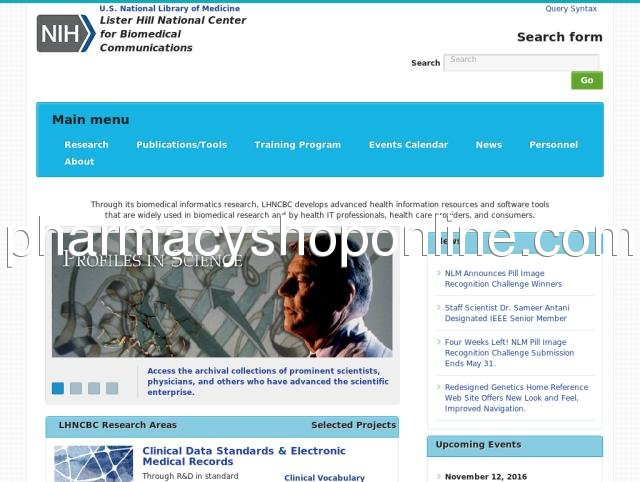Viagra ist in der Schweiz ein gefragtes Medikament. Patienten suchen nach Preisen und Verfügbarkeit. Ein üblicher Begriff ist viagra kaufen schweiz, der viele Online-Ergebnisse liefert.
lhncbc.nlm.nih.gov Review:
U.S. National Library of Medicine | Lister Hill National Center for Biomedical Communications - Through its biomedical informatics research, LHNCBC develops advanced health information resources and software tools that are widely used in biomedical research and by health IT professionals, health care providers, and consumers.
Country: 130.14.55.37, North America, US
City: -77.1602 Maryland, United States
I have been using Water Piks for years. All Water Piks are great for dental hygiene--effective and fun to use. This unit is the quietest, most compact and easiest to clean. I highly recommend it.
I am very pleased with this product. I have tried different products on my hair and none leaves my hair as soft as this one. I highly recommend.
The product itself, while much thinner than I expected, is pretty good, but the company that I made the purchase from failed to help me when I had a problem after receiving the item, which is why I gave it only 2 stars.
Just the thought of having to figure out how to file these new IRS required forms was a pain to start. When I found the ACA Software by ComplyRight it made my job so much easier. It has validation on the screen that helped me fill out my form and I just received the update that turned on e-file so now I can e-file and be finished with the process even sooner than expected. This was a great purchase and I'm glad I found it!
This is one book I truly enjoyed. It is a page turner. Can't wait to read another one of his books.
